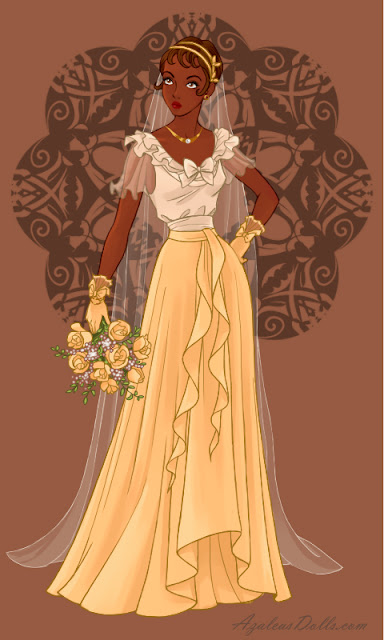Sea of Stars Ship Reviews: Special Ships Compared - Kestrel and Damocles
So far, I have not directly compared the Kestrel and Damocles, both of which are the only capital ships that are tied to a quest. This is because it is impossible to have a flotilla containing both of these ships, due to balancing issues. But what if you could? Which of the two is more useful? To find out, I have decided to compare them directly, not just with each other, but also with other similarly sized ships.
An example of the Kestrel fully upgraded with Multi-Missile Launchers, Proton Blasters and enough equipment to make it a fleet unto itself.
First up is the Kestrel. Originally from the indie roguelike game FTL: Faster than Light, this cruiser is about the size of a frigate, but has as many hardpoints and equipment slots as a Terran or Muktian Destroyer. Its smaller size makes it faster than either at the expense of having a smaller cargo hold. However, its weapons coverage is geared more towards a head-on attack than broadsides. As such, its greater speed can potentially be a useful asset in offensive maneuvers. Even so, its mass makes it slower and less maneuverable than smaller ships with the same kind of thruster. On the other hand, it is heavily armored and can inflict serious damage on an enemy fleet when armed with the right weapons, especially two each of Multi-Missile Launchers and Proton Blasters - a loadout so vastly superior to its default setup of a Gatling Laser and a Fusion Rocket Launcher that it is virtually a must-have for when you deploy it into an intense battle.

Behold! The magnificent Damocles in all its glory!
Next is Prince Arcturus' flagship, the Damocles. Unlike the Kestrel, it comes with plenty of high-end equipment from the get-go. With dual Cobalt Torpedo Tubes, three Proton Blasters (two aft, one forward), an Anti-Graviton Shunt (for traveling through black holes), a Temporal Flux Shield (the strongest shield in the game), a Nebular Sled Drive (for rapid travel through nebulae) and a heavily armored hull among its comprehensive list of standard equipment, it is the most powerful stock capital ship in all of Sector Prime. It's even slower than the Kestrel (and most other ships), but who needs speed when you've got a very large cargo bay (enough to carry 20 items) and more firepower, shielding and armor-plating than anything this side of a Kawangi Dreadnought? Even better, if fitted with a cloaking device and an advanced targeting computer (especially the Sardion Optimizer), it can become nigh-unstoppable, lurking in a far-off corner of the battlefield, only seldom decloaking to snipe its foes with a pair of highly explosive missiles launched from its torpedo tubes.
So which of these ships is the winner? The Kestrel is definitely faster and more maneuverable, and can even be tested in the Combat Simulator, but in terms of overall usefulness with its stock setup, the Damocles is still superior, and therefore gets the nod from me. You don't need to have both of these behemoths in your fleet to conquer Sector Prime, though - either one will suffice, especially after you've thrown some high-end upgrades on them.




















































